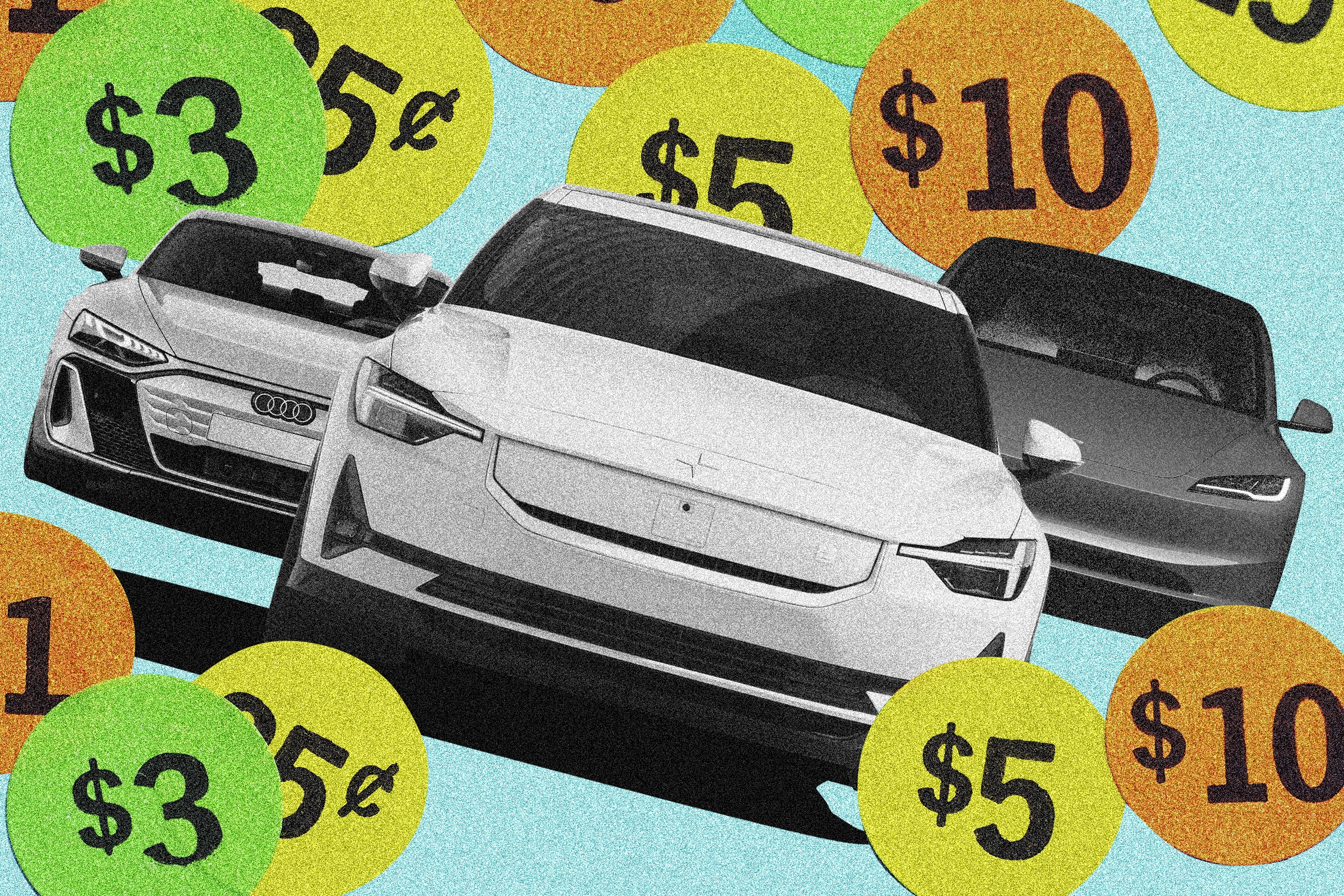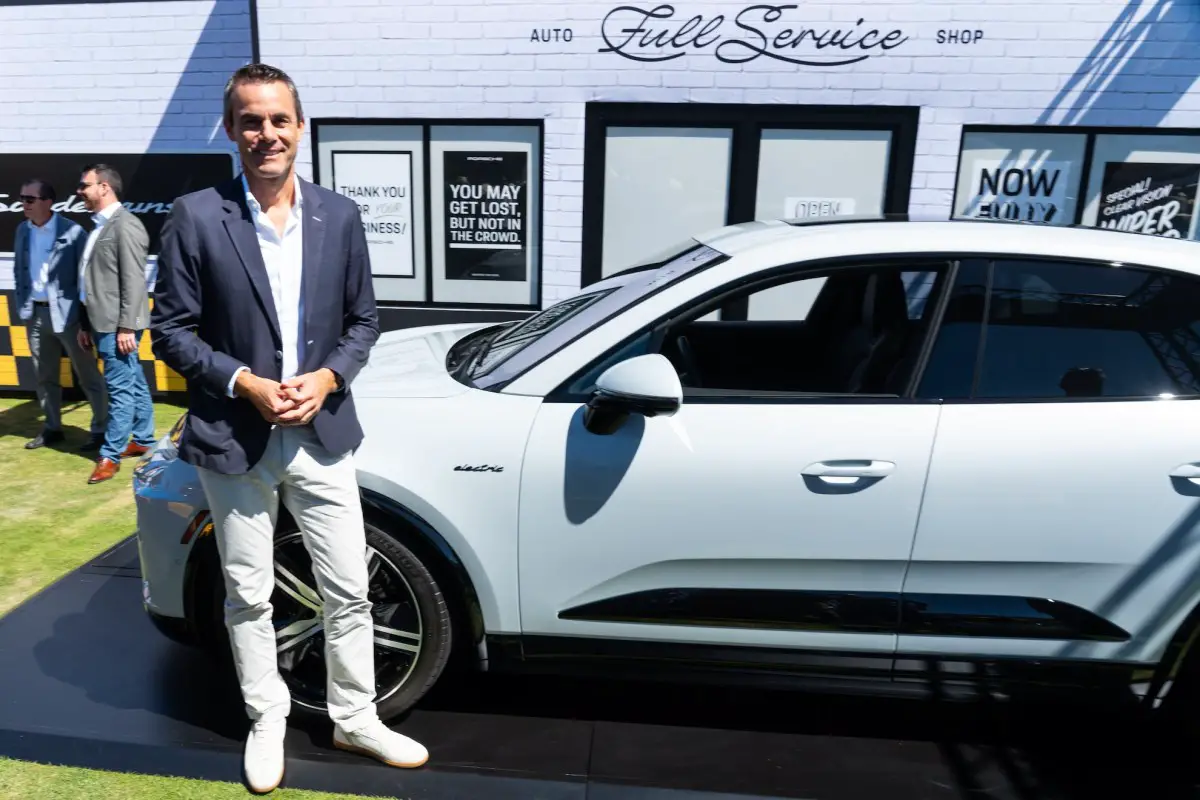Electric vehicle depreciation is something of a hot topic right now, and for good reason. On one hand, there are some fantastic deals to be had on the secondhand market, but on the other of course, there’s the thorny issue of some EVs losing half of their value in a single year.
Cars losing you a chunk of cash the instant they’re driven off the dealer lot is nothing new, especially at the pricier end of the market. And if you intend to keep your shiny new EV for a long time, then its worth after just a year or two matters far less. But what if you’ve experimented with your first EV then decided its range or your local charging infrastructure isn’t up to scratch, and want to sell within the first year? If that’s you, you’d better be prepared for a significant loss.
In a bid not to tar all EVs with the same brush, we’ve aimed to be balanced in our approach to discovering trade-in valuations. There’s plenty of color to be reported here, too—like the US dealer who actively warned our reporter against selling him their EV, or the story of a Mercedes EQE that lost more than $600 each day—but for now let us deliver the cold, hard numbers.
We are using two tools for this research. The first is an online appraisal system by Edmunds, the US automotive industry resource, and the second is Cap HPI, a vehicle valuation service for the UK auto trade. Let’s start with the UK electric trade-in landscape, then compare it with the US’s.
Main Offenders
Our first discovery was that, in the UK, various new electric cars lose 50 percent of their value in the first 12 months. Yes, you read that right—some EVs depreciate by 50 percent in a single year.
Now, this cannot be said of every EV, but Cap HPI data provided to WIRED by Parkers, a respected UK online car resource, revealed how six different EVs are all projected to halve in value after 12 months and 10,000 miles. These include the Audi e-Tron GT, which plummeted by 49 percent from £107,675 ($138,000) to £54,700 ($70,100), and the Ford Mustang Mach-E, which fell by 52 percent from £59,325 to £28,575. According to the data, a Polestar 2 would also lose 52 percent of its £52,895 sticker price in just 12 months.
The Tesla Model 3 fared only slightly better, falling by 45 percent in its first 12 months and 10,000 miles, while the Porsche Taycan fell by 49 percent and the Hyundai Ioniq 5 lost exactly half in the same period. These prices are all based on a midspec version of each car, since factors like battery size, trim level, and even paint color can have a marked effect on trade-in value.
Miley Face
But do you know what has less of an impact on depreciation? Mileage. If the long-range Polestar 2 mentioned above had covered 20,000 miles in its first year instead of 10,000—well above the annual UK average of just 7,000—its estimated trade-in value falls by only an extra £975, or a further 2 percent of its original price.
It’s a similar story with the Taycan. A 4S model with the long-range battery fell from £100,200 to £50,700 in its first 12 months and 10,000 miles. But if it had covered 20,000 miles in the same year it would have fallen by only another £2,650. Or, after two years and 20,000 miles it would be worth £44,175, according to the Cap HPI data. Age (beyond the first 12 months) has a similarly insignificant effect. A 10,000-mile Taycan is worth £50,700 after one year, or £46,600 after two years.
YouTuber The MacMaster has been charting the decrease in value of his own two-year-old Taycan, which dropped from a new price of £120,000 down to a Porsche dealership valuation of £44,650 in March earlier this year, leaving him in negative equity as he still owes approximately £64,700 on the EV. To make matters worse, the Porsche dealership giving the valuation supposedly refused to take his Taycan.
Remember, these are all estimated trade-in values. You would expect to earn more by selling the car privately, and you’d see the same car advertised for more by a dealer to ensure they make a profit.
Depreciation of the Tesla Model 3 also slows significantly after the first year. Cap HPI data states how a 2023 Model 3 Long Range would fall from £50,000 to £27,550 after one year and 10,000 miles, then by only an additional £2,500 after two years and 20,000 miles. Had the first 10,000 miles been spread over 18 months instead of 12, the price would fall by only an extra £825 in those six months.
The ability for Tesla, and other EV manufacturers, to update and upgrade a car’s software months or even years after it left the factory should help with long-term depreciation. We’ve seen how Tesla can push out major user interface upgrades, and even add entirely new features, over the air. Back in 2019, Jaguar pushed out a software update that claimed to increase the range of its I-Pace by up to 8 percent, and in 2022 the Polestar 2 gained Apple CarPlay—a feature that manufacturers used to charge handsomely for—via a free OTA update.
EV vs. ICE
As we said earlier, heavy day-one depreciation has long been par for the car ownership course. But how do year-old EVs stack up against similar internally-combusted cars? And more specifically, what happens when you compare two cars of a similar size and price from the same manufacturer? Cap HPI data has the answers and, again, the results are best viewed sitting down.
When comparing a gas-powered Audi Q7 55 with an electric Audi e-tron 55 SUV, both one year old and with 10,000 miles, the gas-powered car is worth 42 percent more after 12 months, despite costing less when new.
This is also true with lower-value cars. Cap HPI data showed how, after three years and 30,000 miles, a gas-powered Volkswagen Golf has a 46 percent price premium over an electric Golf.
We expected to find a similar difference between the gas-powered Porsche Panamera and electric Porsche Taycan. However, Cap HPI data suggests similar, midlevel 4S variants of each lose a similar amount of value over two years and 20,000 miles. The Panamera fell from £93,140 to £63,250, while the Taycan dropped from £84,030 to £53,000.
Auto America
Now for the US prices. According to Edmunds, a 2022 Porsche Taycan Turbo with 10,000 miles (well under the US annual average of 14,000) was worth about $106,000 at the time of writing in July 2024. That’s about $50,000 below what it would have cost new, not including optional extras, which pump up the retail price but tend not to affect resale value.
Historical data produced by Edmunds shows how the car’s value briefly rose from $129,000 to almost $131,000 between August and October 2023, but has fallen markedly since, tumbling by as much as $4,000 per month between November 2023 and February 2024 before dropping a further $10,000 over the next five months.










